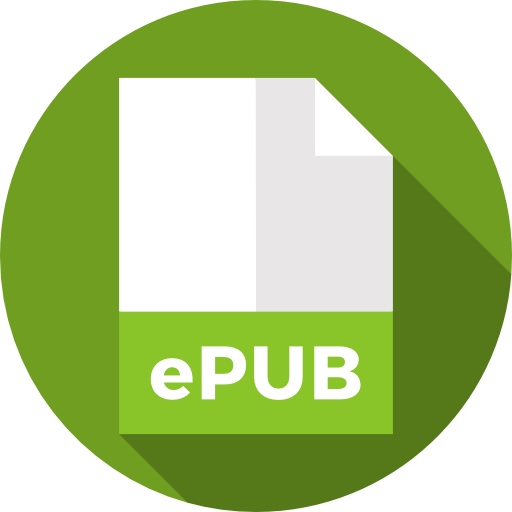
An International Publisher for Academic and Scientific Journals
Author Login
Scholars Journal of Applied Medical Sciences | Volume-13 | Issue-01
Magnetic Resonance Cholangiopancreatography (MRCP) Evaluation of Post Cholecystectomy Early Complications Correlation with Endoscopic Retrograde Cholangiopancreatography (ERCP)
Dr. Mohammad Ali Kabir, Dr. Mahmud Hasan Mostofa Kamal, Dr. A.S.M Shahidul Hossain, Dr. Syeda Nazlee Mostafa, Dr. Zareen Sultana, Dr. Morsheda Begum
Published: Jan. 18, 2025 |
436
353
Pages: 195-203
Downloads
Abstract
Background: Magnetic Resonance Cholangiopancreatography (MRCP) non-invasively evaluates biliary and pancreatic ducts, diagnosing post-cholecystectomy complications like stones and strictures, and is compared with ERCP, the gold standard for biliary imaging. Objective: To assess the diagnostic accuracy of MRCP in detecting post-cholecystectomy complications and compare its effectiveness with ERCP in identifying and managing biliary conditions like stones, strictures, and fistulas. Methods: This cross-sectional study enrolled 55 patients with post-cholecystectomy complications, such as jaundice and bile duct dilation, were selected for MRCP and ERCP evaluations. Statistical analyses of the results were obtained by using window based computer software devised with Statistical Packages for Social Sciences (SPSS-22). Result: The test of validity of MRCP compared to ERCP for detecting stones and worms in the common bile duct (CBD), MRCP achieved perfect sensitivity, specificity, and accuracy (100%). Strictures at different parts of the CBD were detected with a sensitivity of 95% and specificity of 100%, while soft tissue masses had a lower sensitivity of 50% but maintained 100% specificity. For detecting fistulas at the proximal CBD, MRCP showed a sensitivity of 100%, specificity of 98.1%, and an accuracy of 98.2%, though the positive predictive value (PPV) was lower at 50%. Conclusion: MRCP is a highly effective, non-invasive tool for evaluating post-cholecystectomy complications, offering perfect accuracy in detecting common bile duct stones and worms.


